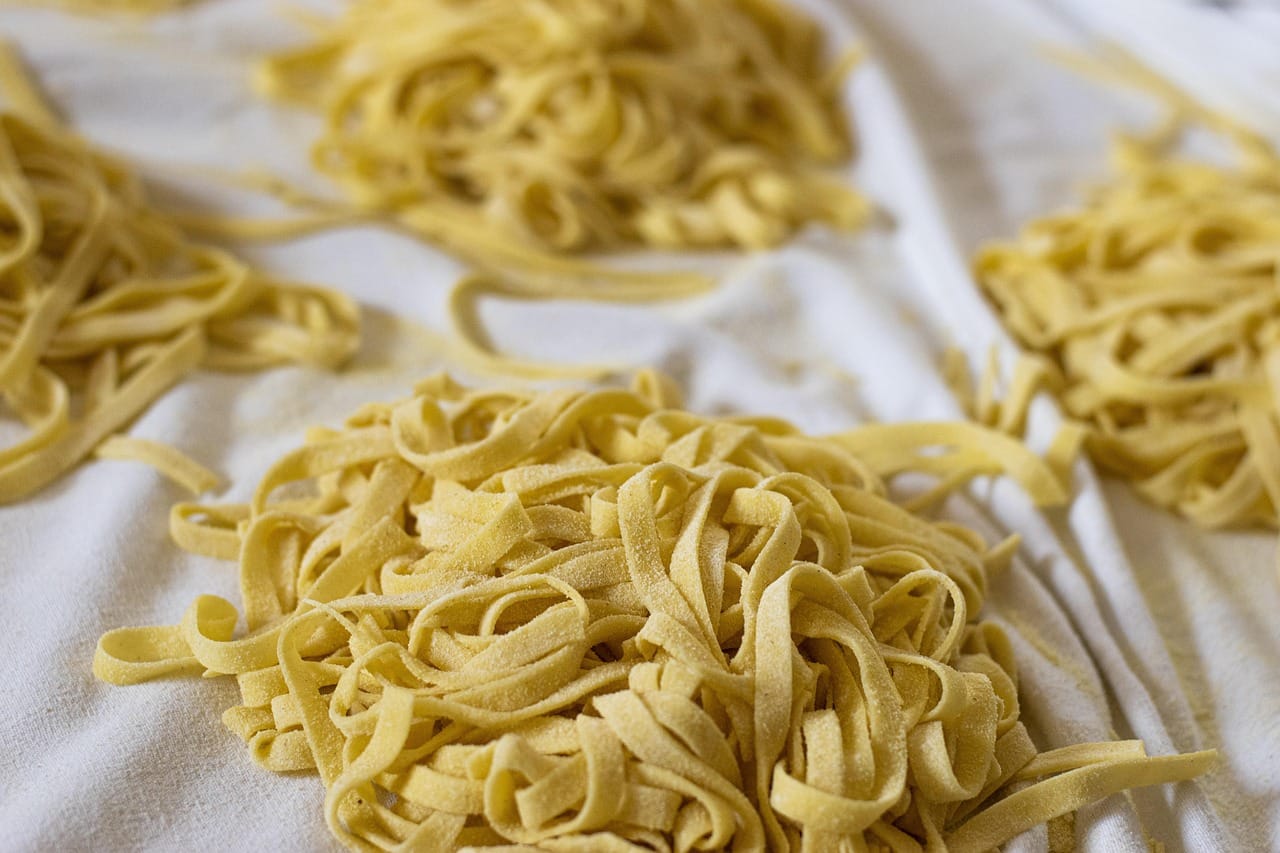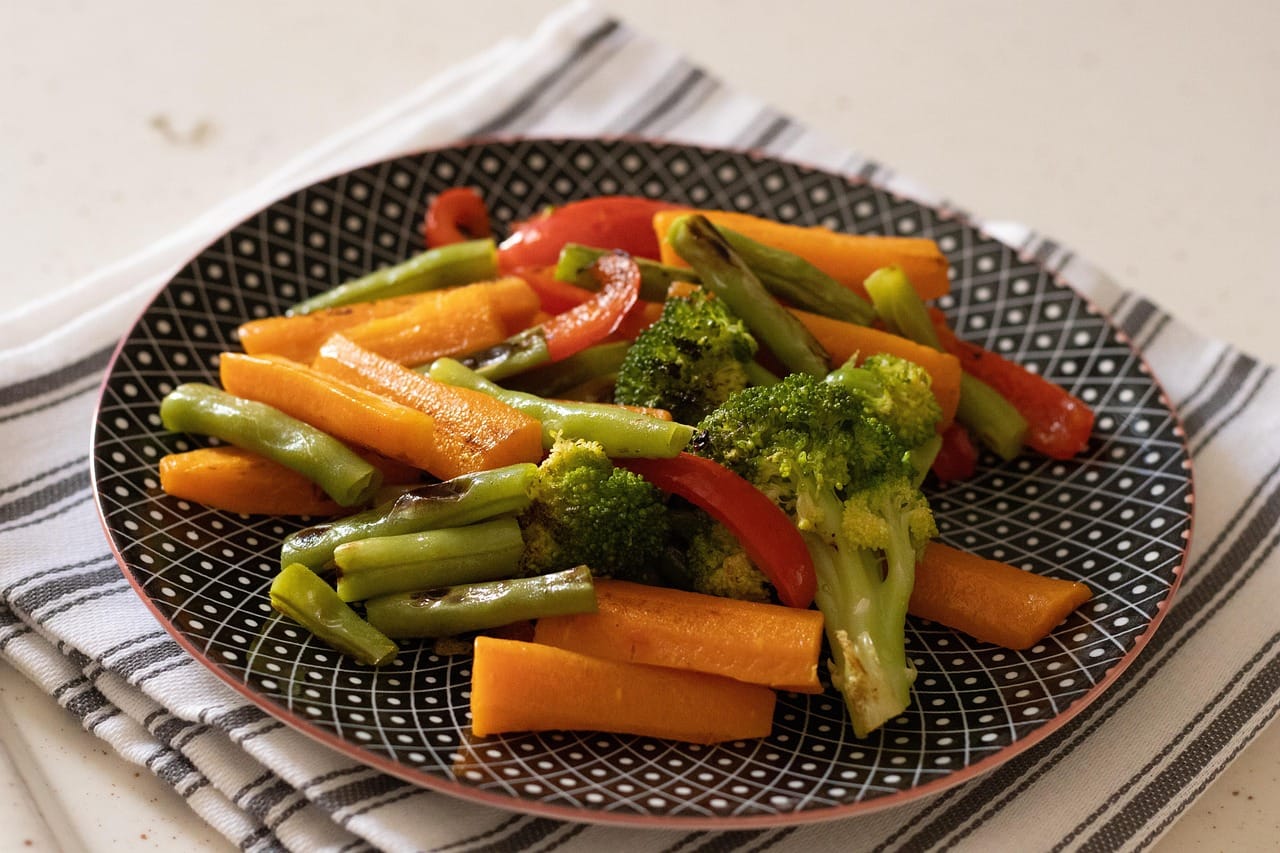Pesto pasta. The very name conjures images of vibrant green sauce clinging lovingly to perfectly cooked noodles, a symphony of basil, garlic, pine nuts, and Parmesan dancing on your tongue. It’s a dish that’s both comforting and elegant, simple enough for a quick weeknight dinner and sophisticated enough to impress guests. But what makes pesto pasta so irresistible, and how can you elevate your own pesto pasta creations to the next level? Let’s dive into the delicious world of pesto pasta!
What is Pesto, Exactly?
The History and Origins of Pesto
Pesto, in its purest form, originates from Genoa, Italy. The word “pesto” comes from the Genoese word “pestâ,” which means “to pound” or “to crush.” This refers to the traditional method of preparing pesto using a mortar and pestle. Historically, it was a way to preserve the abundance of basil grown in the Liguria region. While there’s no specific date of origin, variations of pesto-like sauces have existed for centuries, evolving into the iconic version we know and love today.
The Key Ingredients: A Pesto Breakdown
Authentic pesto Genovese consists of only a few, high-quality ingredients:
- Fresh Basil: The heart and soul of pesto. Use Genovese basil for the most authentic flavor.
- Pine Nuts: Toasted pine nuts add a nutty richness and texture.
- Garlic: A clove or two provides a pungent bite.
- Parmesan Cheese: Parmigiano-Reggiano is the traditional choice, offering a salty, umami flavor. Pecorino Romano can be used for a sharper taste.
- Pecorino Cheese: Adds a salty and sharp flavor.
- Extra Virgin Olive Oil: Binds the ingredients together and creates a smooth, emulsified sauce.
- Salt: To season and enhance the other flavors.
Actionable Takeaway: Don’t skimp on quality when it comes to pesto ingredients. The better the ingredients, the better the final product.
Choosing the Right Pasta for Pesto
Pasta Shapes: A Pesto Pairing Guide
The best pasta shapes for pesto are those that can effectively capture and hold the sauce. Here are a few excellent options:
- Trofie: A twisted, slender pasta shape from Liguria, specifically designed to pair with pesto.
- Linguine: Its flat, narrow shape allows pesto to cling beautifully.
- Spaghetti: A classic choice that works well with pesto, especially when cooked al dente.
- Penne: The ridges on penne make it excellent for capturing the sauce.
- Fusilli: The spiral shape is great at holding pesto within its twists.
Cooking Pasta Perfection: Al Dente is Key
No matter what shape you choose, cooking your pasta al dente is crucial. This means “to the tooth” in Italian, and it refers to pasta that is firm and slightly chewy. Overcooked pasta will become mushy and won’t hold the pesto well.
Actionable Takeaway: Cook your pasta according to the package instructions, but start testing for doneness a minute or two before the recommended time. It should be firm to the bite, but not crunchy.
Making Pesto: From Traditional to Modern Methods
Traditional Mortar and Pestle Method
The traditional method, using a mortar and pestle, is considered the best way to make pesto. The gentle grinding motion releases the oils and flavors without overheating the basil, resulting in a brighter, more vibrant sauce. The texture is also slightly coarser, adding to the overall experience.
Steps:
- Add garlic and pine nuts to the mortar and grind until a paste forms.
- Add the basil leaves, a few at a time, and grind with a circular motion until they are broken down and incorporated.
- Add the cheese, a little at a time, and continue grinding.
- Slowly drizzle in the olive oil while continuing to grind, creating a smooth emulsion.
- Season with salt to taste.
Modern Food Processor Method
While not as traditional, using a food processor is a much quicker and more convenient method for making pesto. However, be careful not to over-process the basil, as the heat can cause it to darken and lose flavor. Some chefs recommend chilling the food processor bowl before using it to prevent overheating.
Steps:
- Add garlic and pine nuts to the food processor and pulse until finely chopped.
- Add the basil leaves and pulse until coarsely chopped.
- Add the cheese and pulse to combine.
- With the food processor running, slowly drizzle in the olive oil until the pesto comes together.
- Season with salt to taste.
Actionable Takeaway: If using a food processor, pulse the ingredients rather than running it continuously to avoid overheating and bruising the basil.
Elevating Your Pesto Pasta: Tips and Variations
Pesto Pasta Enhancements: Beyond the Basics
While classic pesto pasta is delicious on its own, there are many ways to enhance the flavor and create a more complex dish:
- Cherry Tomatoes: Adding halved cherry tomatoes, either raw or roasted, provides a burst of sweetness and acidity.
- Grilled Chicken or Shrimp: Adding protein transforms pesto pasta into a complete meal.
- Sun-Dried Tomatoes: For a deeper, more intense tomato flavor, add chopped sun-dried tomatoes.
- Roasted Vegetables: Roasted vegetables like zucchini, bell peppers, and eggplant add texture and flavor.
- Lemon Zest: A touch of lemon zest brightens the flavors and adds a zesty note.
- Arugula: Stirring in fresh arugula adds a peppery bite.
Creative Pesto Variations: Expanding Your Pesto Horizons
Don’t limit yourself to traditional basil pesto! Experiment with different herbs, nuts, and cheeses to create unique and exciting variations:
- Kale Pesto: Use kale instead of basil for a more robust, earthy flavor.
- Arugula Pesto: Arugula pesto has a peppery and vibrant taste.
- Sun-Dried Tomato Pesto: Combine sun-dried tomatoes with basil for a sweet and savory pesto.
- Walnut Pesto: Substitute walnuts for pine nuts for a more affordable and flavorful pesto.
- Pistachio Pesto: Pistachios add a delicate sweetness and vibrant green color.
- Vegan Pesto: Use nutritional yeast in place of Parmesan cheese and adjust ingredients to taste.
Actionable Takeaway: Be adventurous! Experiment with different ingredients to create your own signature pesto recipe.
Serving and Storing Pesto Pasta
The Perfect Pesto Pasta Presentation
Presentation matters! Here are a few tips for serving pesto pasta beautifully:
- Warm Plates: Serve pesto pasta on warm plates to keep the dish from cooling down too quickly.
- Garnish: Garnish with a sprinkle of Parmesan cheese, a drizzle of olive oil, and a few fresh basil leaves.
- Serve Immediately: Pesto pasta is best served immediately after the pasta is cooked and the sauce is added.
Pesto Storage: Maximizing Freshness
Fresh pesto is best used within a few days. To store it properly:
- Refrigeration: Store pesto in an airtight container in the refrigerator for up to 3 days. To prevent browning, drizzle a thin layer of olive oil over the top of the pesto.
- Freezing: Pesto can be frozen for longer storage. Portion it into ice cube trays and freeze until solid. Then, transfer the pesto cubes to a freezer bag. Frozen pesto can be stored for up to 3 months.
Actionable Takeaway: Make a large batch of pesto and freeze it in small portions to have fresh pesto on hand whenever you need it.
Conclusion
Pesto pasta is more than just a simple dish; it’s a celebration of fresh, vibrant flavors. From understanding the origins of pesto and mastering the art of cooking pasta al dente, to exploring creative variations and perfecting the presentation, there’s always something new to discover in the world of pesto pasta. So, grab your ingredients, get creative in the kitchen, and enjoy the delightful experience of crafting your own perfect pesto pasta. Buon appetito!




